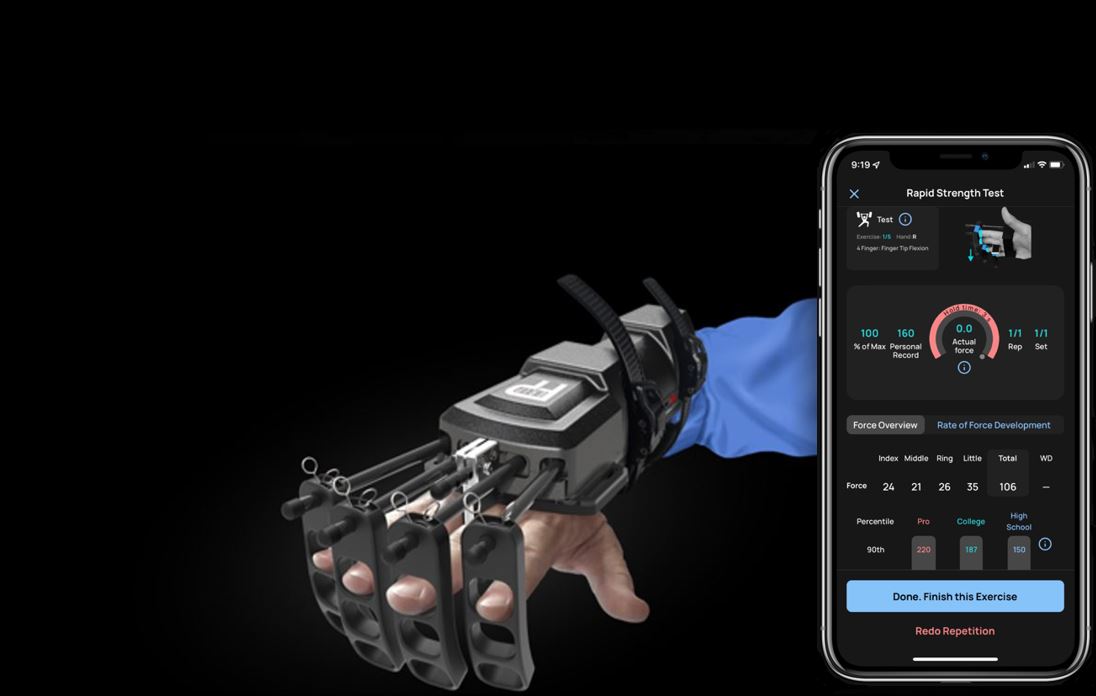Home » Protect Against UCL Tears
Protect Against
UCL Tears
UCL tears are the most common injury suffered by college and pro pitchers. In fact, 2021 marked the first time that over 33% of all of the pitchers on MLB rosters have torn their UCL at some time in their professional careers.
While many believe that tearing your UCL is no big deal and everyone comes back throwing harder, this is FALSE.
A 2021 study that looked at 63 MLB pitchers who had TJ found that a staggering 43% never made it back to their pre-TJ level!
What is it about pitching
that causes UCL tears?
Regardless of your age, the UCL alone is incapable of handling the torque caused by throwing. At maximum external rotation or “layback,” throwing places considerable torque (stress) on 3 structures of the elbow: the UCL, the bones on the outside of the elbow joint, and several muscle tendon units that cross the medial side of the elbow. The harder you throw, the greater the amount of torque you place on your elbow.
The amount of resistance the UCL and the bones on the outside of the elbow joint can withstand to that torque is largely fixed, but the torque capacity of the muscle tendon units that overlay the UCL on the medial side of the elbow is variable. If the muscle tendon units that cross the medial side of the elbow either fatigue or are too weak to begin with, an excessive amount of torque gets applied to the UCL, causing a tear.
Why traditional approaches to protecting against UCL tears fail?
You have over 20 muscles in your forearm that control flexion, extension, pronation and supination of your wrist and fingers. However, extensive clinical research has shown that only a few of these muscles are anatomically positioned to support the UCL when the torque on your elbow from throwing is the greatest, which is at maximum external rotation or layback.
You can do plate holds, wrist rollers, fingertip push-ups or forearm curls routinely. You can squeeze tennis balls or hand grips all you want.
You can twirl your hand in a rice bucket every day. Unfortunately, either the muscles you would be strengthening with these exercises would not play any significant role in protecting the UCL at maximum external rotation, or you would not be able to match the required force consistently in these exercises to cause the muscle tendon units to adapt in the way that you need for them to better protect your UCL.
This explains why despite doing variations of all of these exercises, over 33% of all MLB pitchers have had Tommy John surgery at some point in their careers.
How can FlexPro Grip reduce the chance of a tear when nothing else has worked?
There’s not really anything you can do to increase the amount of torque your UCL or the bones in your elbow can withstand when you throw. The only thing you can do to reduce the chance of a UCL tear is to increase the strength of the muscles that can support your UCL.
Paired with a mobile app, the FlexPro Grip device utilizes clinically approved, evidence-based protocols to enable users to optimally target, strengthen, and objectively measure the strength and endurance of the key muscles and tendons baseball’s top physicians and researchers have identified as being best positioned to protect against elbow and forearm injuries.

From a scientific perspective, without the assistance of 3 muscle tendon units that overlay the UCL (the Flexor Carpi Ulnaris, the Flexor Digitorum Superficialis, and the Flexor Digitorum Profundus), over time, the cumulative microtrauma of maximum velocity throwing can ultimately cause the UCL to tear. FlexPro Grip works by enabling users to increase the Young’s modulus / elasticity of the muscles and tendons best positioned to reduce the chance of elbow and forearm injuries in a way that no other training methodology can.
Evidence based.
Proven results.
Newsletter Signup
Get access to the latest research, FPG updates, and product release notifications.
© 2022 FLEXPRO GRIP.
WE CHANGE PITCHERS’ CAREERS.


